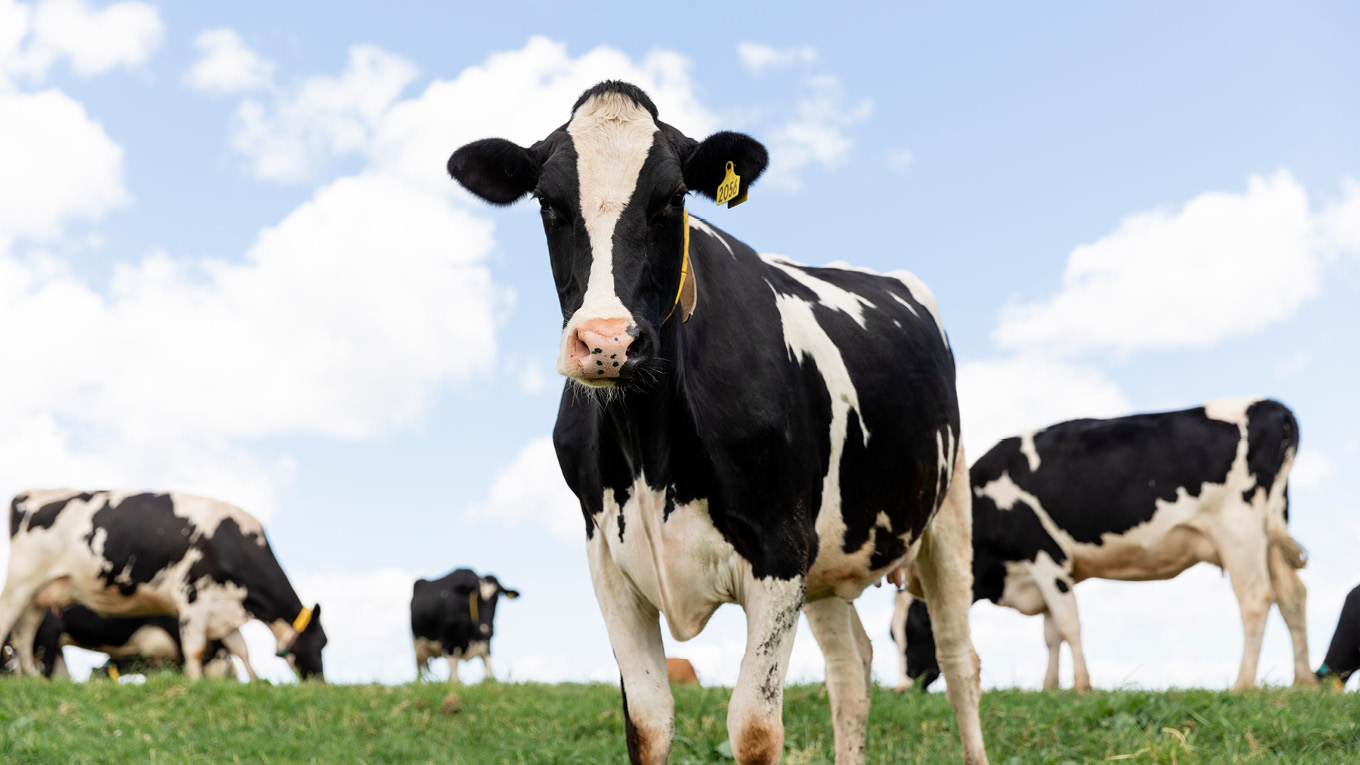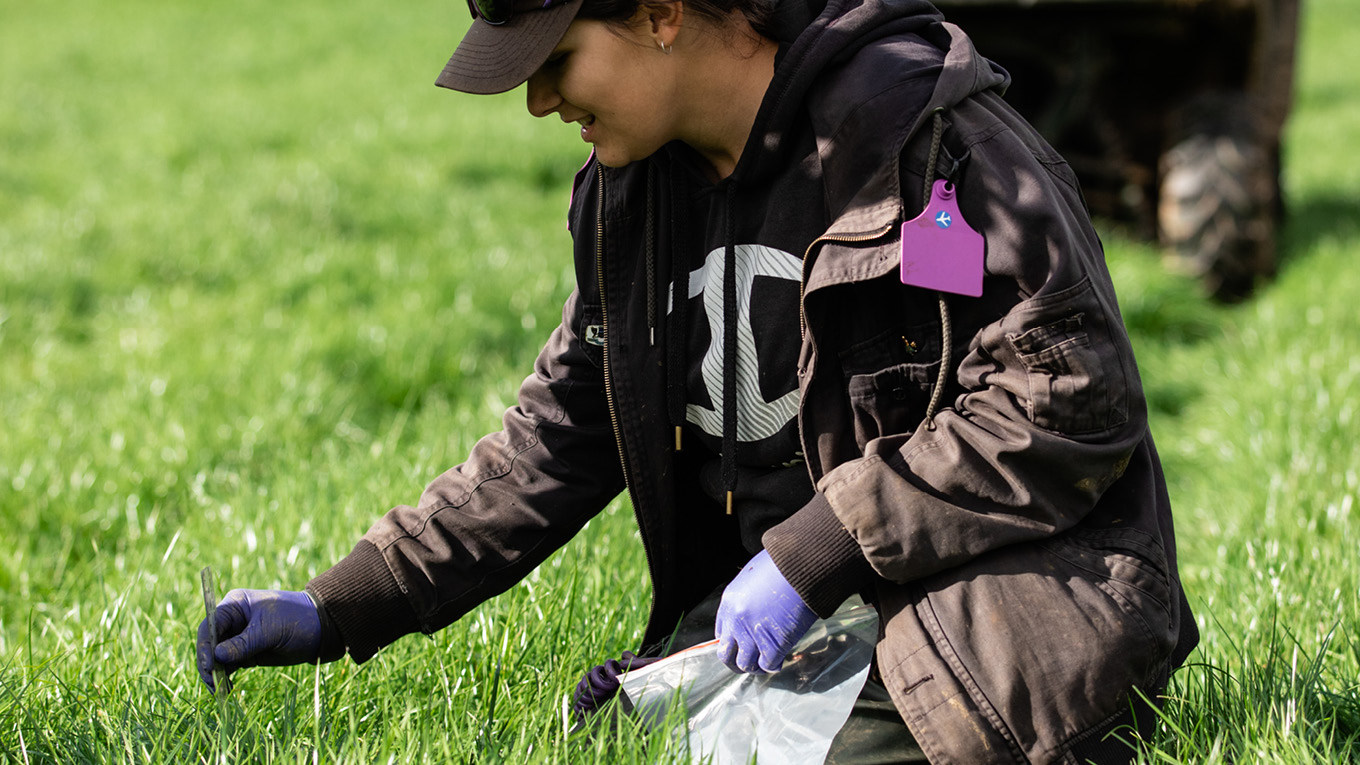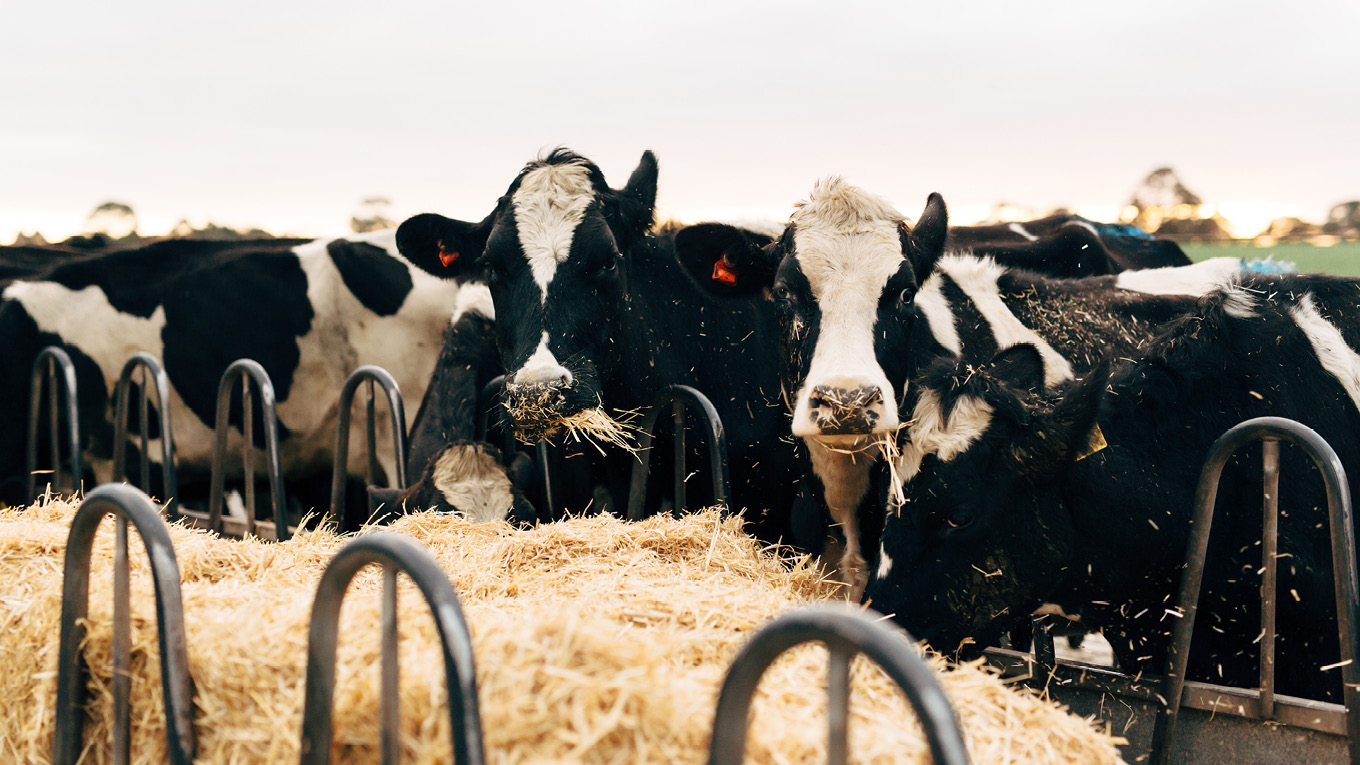Feed Additives
Feed additives are for the prevention of animal health issues related to feeding, not treatment. They are not a substitute for good feeding management but can play a role in managing the risk of acidosis associated with low effective fibre and high grain or concentrate diets.
Feed additives work in different ways. Many farmers are unsure of the differences between buffers, neutralising agents and rumen modifiers. In a previous study, more than 50% of farmers were not supplying correct amounts of additives per cow per day.
The benefits of additives can be missed if the does rates are not right for the daily per cow feeding rate.
For more information, download the Feed Additives fact sheet.
Other feed additives include yeast betaine and Vitamin B3, which can play a role in reducing the effects of heat stress.
Yeast and yeast metabolites increase fibre digestibility. They use up lactic acid and break down rumen contents into glucose from propionate, which is a volatile fatty acid (VFA) commonly produced by gut bacteria. There is some evidence that suggests increasing glucose can assist cows in managing their metabolic heat loads during heat stress.
Betaine helps to maintain feed intake and reduce the amount of energy used to stay cool and continue normal metabolic processes. It can provide effective relief in heat stress situations, but only if the dosage is correct.
The dose rate for heat stress is 15 to 20 grams per cow per day, but a nutritional advisor should be consulted to get the balance right. There are some situations where betaine would not be advised.
Vitamin B3, or niacin, has been shown to play a role in energy metabolism, so additional niacin supplementation may be helpful in the warm seasons.
It is strongly recommended to consult with a nutritionist or feeding advisor before offering any additives described here to the herd.
Downloads
-
Feed planning feed additives factsheetPDF, 70.76 KB



